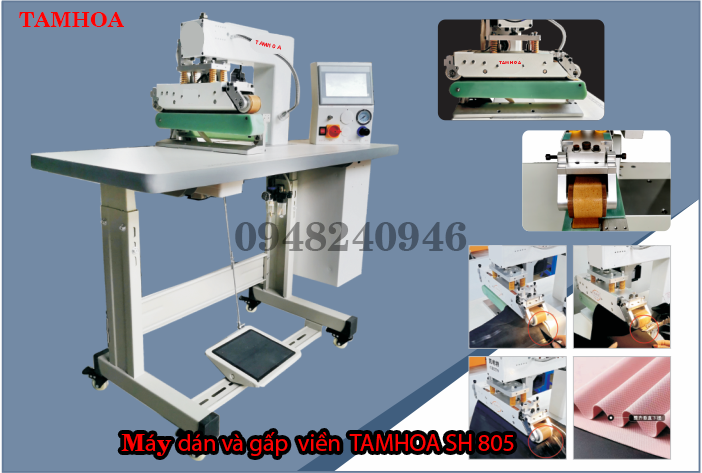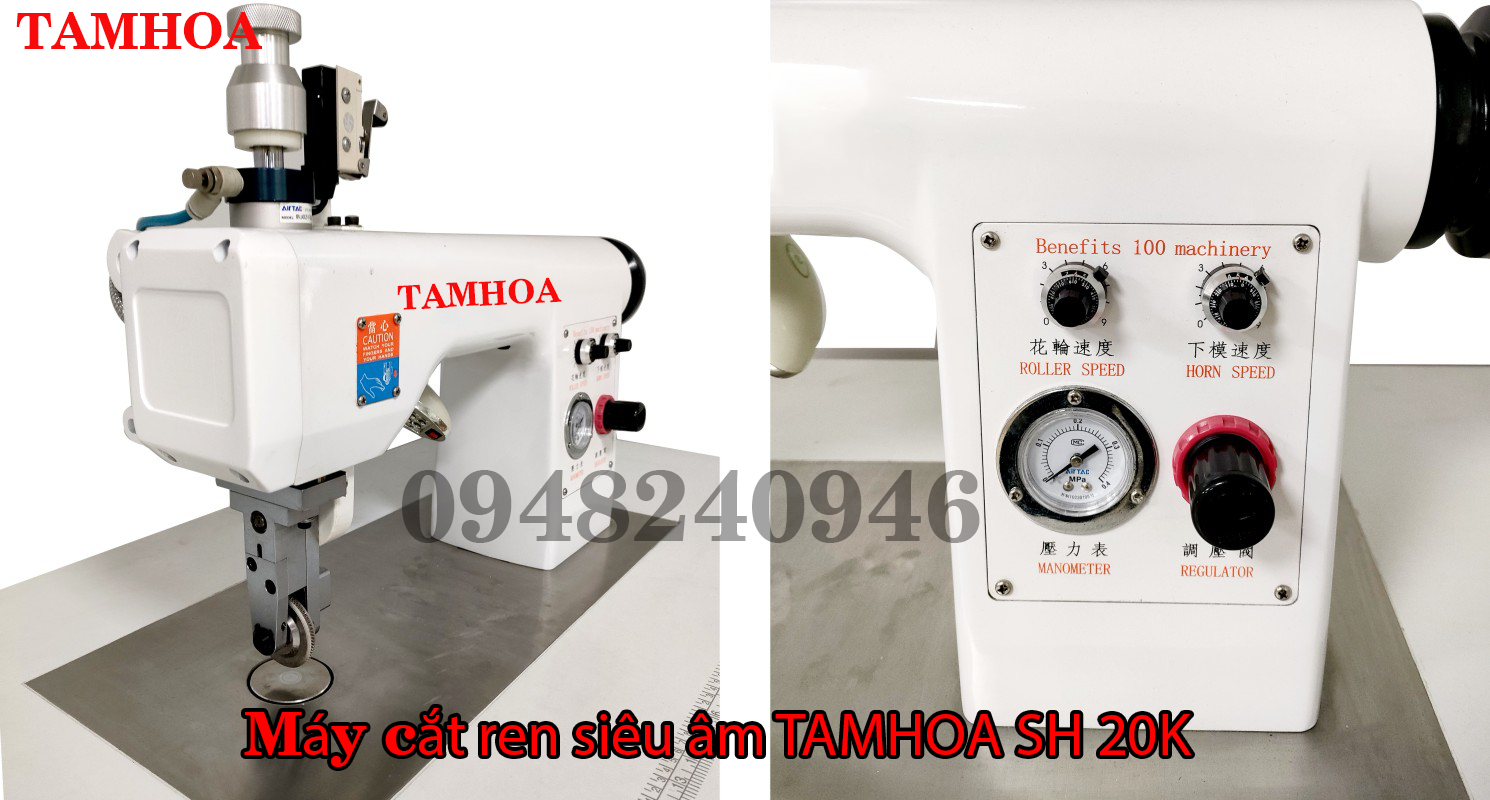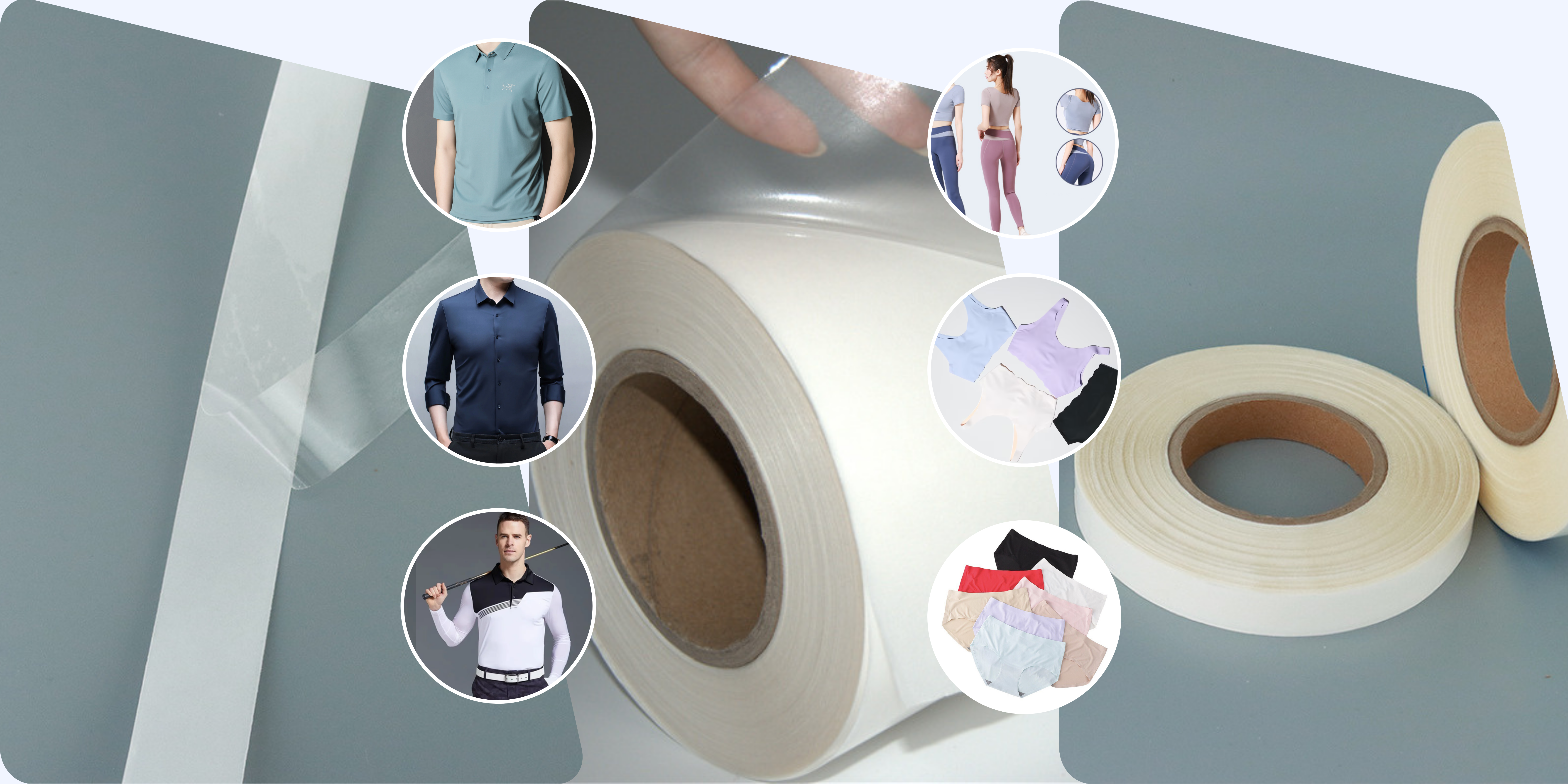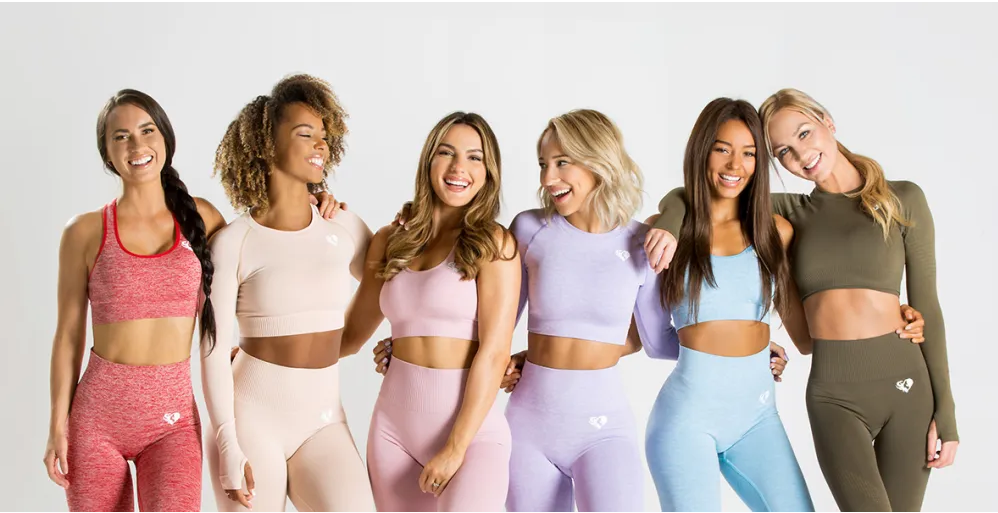Table of Elasticity of Fabrics – Applicable to seamless glue machine
Table of Elasticity of Fabrics – Applicable to seamless glue machine
While I cannot provide detailed elasticity tables for each fabric, I can provide a comprehensive guide to classifying fabrics based on elasticity and provide examples within each category. This will help you better understand the relative elasticity of different fabrics.
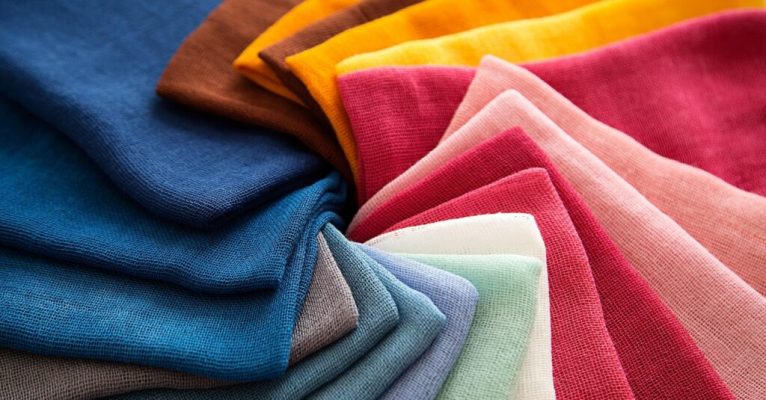
Highly Elastic Fabric:
| Fabric Name | Elasticity | Describe | Common Uses |
|---|---|---|---|
| Spandex | Extremely high (stretches up to 600%) | Outstanding elasticity and recovery, keeping shape | Sportswear, swimwear, workout wear, dance wear |
| Lycra | Very high (stretch up to 400%) | Excellent elasticity and recovery, similar to spandex | Sportswear, swimwear, fitness wear, shapewear |
| Rubber | High (stretch up to 300%) | Strong elasticity and durable, waterproof | Raincoat, diving suit, rubber band |
| Synthetic rubber | High (stretch up to 200%) | Light and flexible, heat insulating | Wetsuits, wetsuits, orthotics |
Fabric Has Moderate Elasticity:
| Fabric Name | Elasticity | Describe | Common Uses |
|---|---|---|---|
| Nylon | Moderate (stretch up to 40%) | Durable, anti-wrinkle, keeps shape | Sportswear, outdoor wear, socks, backpacks |
| Acrylic | Moderate (stretch up to 20%) | Soft, warm, anti-wrinkle | Sweaters, hats, scarves, chair covers |
| Polyester | Moderate (stretch up to 15%) | Durable, anti-wrinkle, easy to maintain | Shirts, trousers, skirts, household items |
| Only | Low to moderate (stretch up to 10%) | Warm, soft, moisture absorbent | Sweaters, coats, hats, blankets |
| Fabric Name | Elasticity | Describe | Common Uses |
|---|---|---|---|
| Cotton | Very low (elasticity up to 2%) | Breathable, soft, absorbent | Shirts, pants, skirts, towels |
| Linen | Very low (elasticity up to 2%) | Durable, breathable, anti-wrinkle | Clothing, household items, upholstery |
| Silk | Very low (elasticity up to 2%) | Luxurious, soft, beautiful | Dresses, blouses, underwear |
| And | Very low (elasticity up to 2%) | Durable, waterproof | Coats, shoes, bags, furniture |
Note that these are general ranges and the elasticity of a particular fabric may vary depending on factors such as weave, construction and fiber mix. It’s always a good idea to test a fabric for stretch before using it for a specific project.
Fabric elasticity index is not directly applicable to glue machine seamless .
Seamless glue machines use heat and pressure to bond fabric edges, creating seamless seams without the need for sewing threads. Therefore, the elasticity of the fabric does not directly affect the performance of the machine.
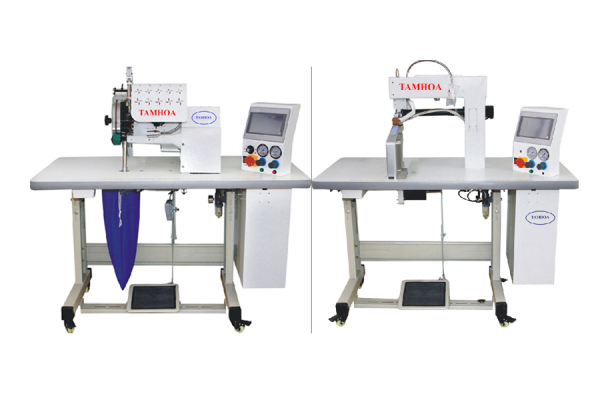
Image: TAMHOA SH 701 glue machine and TAMHOA SH 802 high arm glue machine
However, fabric elasticity can indirectly affect the seamless gluing process in a number of ways:
- High stretch fabric: High stretch fabric can be more difficult to glue because it can move and shrink during the application process. This can lead to uneven or peeling seams.
- Low-stretch fabrics: Low-stretch fabrics may be easier to glue, but care should be taken not to stretch the fabric too much during the application process, as this can lead to tearing.
To ensure the best results when using a seamless glue machine , it is important to choose the right glue for the fabric type and adjust the machine settings accordingly. Most seamless glue machines come with a user manual that provides detailed information on how to use the machine with different types of fabrics.
Additionally, some of the following tips may be helpful when using a seamless glue machine on elastic fabrics:
- Heat the fabric before gluing: Heating the fabric will make it softer and easier to shape, making gluing easier.
- Use elastic glue: Elastic glue will stretch with the fabric, helping to prevent seams from cracking or peeling.
- Glue in small sections: Instead of gluing the entire seam at once, glue in small sections to better control the gluing process.
- Test on a scrap of fabric: Before applying glue to your main project, test on a scrap of fabric to make sure you’ve chosen the right glue and have the right machine settings.
By following these tips, you can use your seamless gluer to create beautiful, durable seams on a variety of fabrics, including stretch fabrics.
Tam Hoa Engineering Company Limited
Factory Address: Que Vo 2 Industrial Park, Ngoc Xa Commune, Que Vo Town, Bac Ninh Province, Vietnam
Southern Branch: 601 Truong Chinh, Tan Thoi Nhat Ward, District 12, City Ho Chi Minh
Holine: 0948240946 / 0968963732
Phone/ Fax 0222-3634 129/ 3634 130
Code 2300886897
Web: tamhoaseamless.com
Email: [email protected]
Business scope: Glue machine, fabric cutting machine, folding machine, sewing machine heat presses, ultrasonic welding machines, providing production equipment in the garment, leather, and footwear industries.


